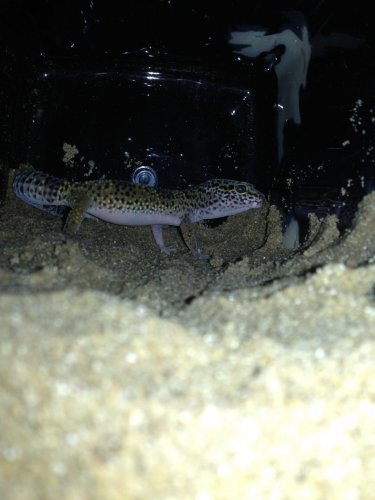Nicholasdeaan
Avid Member
So I'm getting a leopard gecko tomorrow. I've kept salamanders and such before. Love em! I know the basics and have everything set up for him when I go get him tomorrow. I just need opinions. I'm torn between using wood chips or sand for substrate. I see there's a lot of talk of sand causing impactation on here. Yet, I see many people breed them and use sand, never having problems for years. So which one is the better option? Or could it be just a lizard to lizard basis, depending on if they'll eat it or not?



